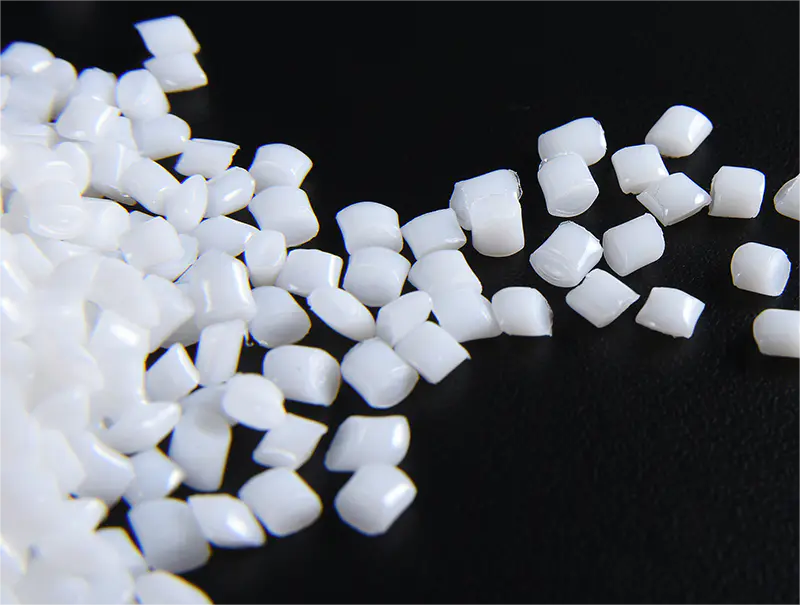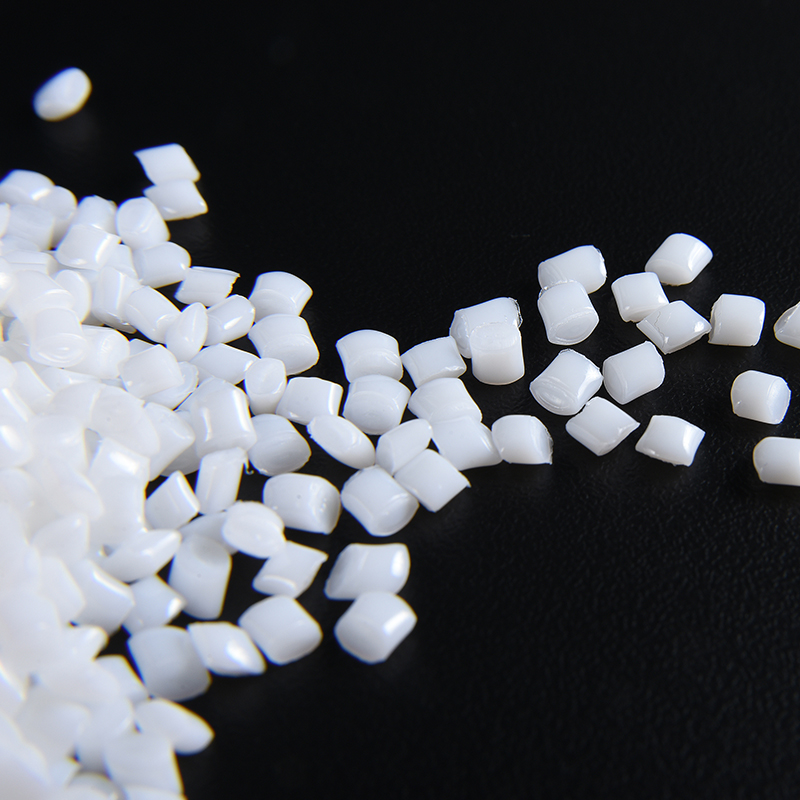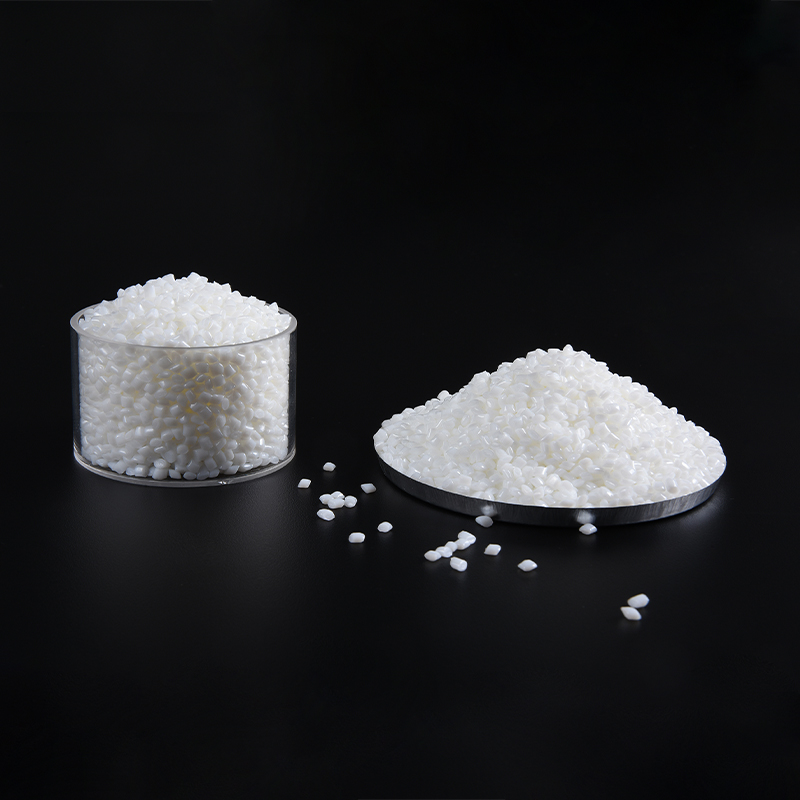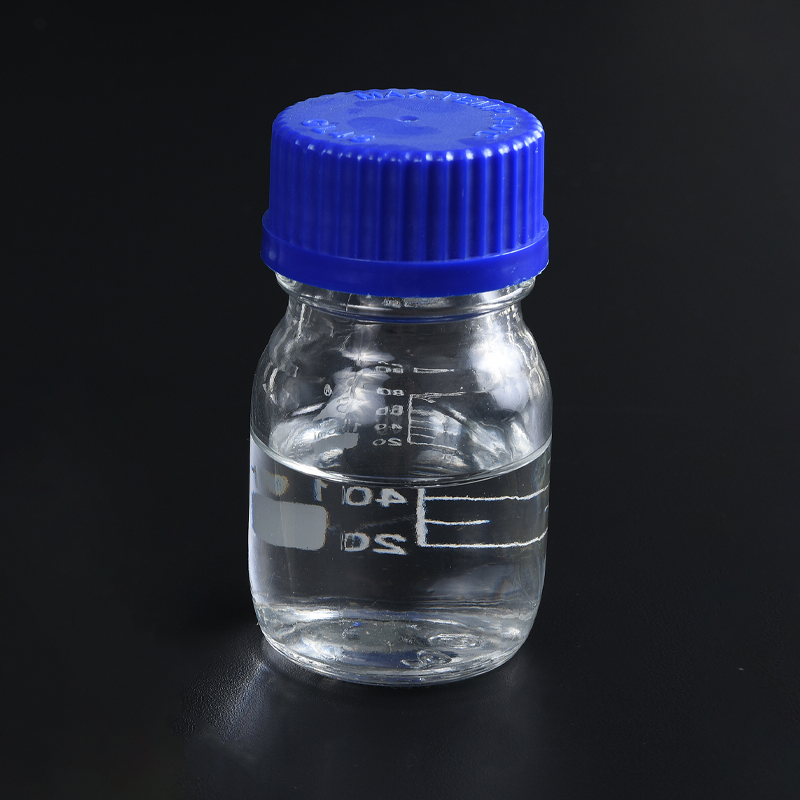Product Consultation
Your email address will not be published. Required fields are marked *

What are the effects of temperature on the performance of MY10 Low viscosity PBT (Injection molding application)
Mar 24,2025
How to improve the insulation performance of MY10 Low viscosity PBT (Injection molding application)
Mar 17,2025
What are the post-processing methods for MY10 Series PBT for Filament Spinning
Mar 10,2025
As a high-performance engineering plastic, polybutylene terephthalate (PBT) is widely used in electronics, electrical, automotive and other industries due to its excellent mechanical properties, excellent electrical insulation and outstanding chemical resistance. However, the heat resistance of PBT is still insufficient in some high-temperature applications, so it is urgent to improve it through various technical means to meet more demanding conditions of use.
Optimizing the polymerization process
In the polymerization process of PBT, precise control of polymerization conditions is particularly important. By adjusting the reaction temperature, reaction time and the amount of catalyst, the molecular weight and crystallinity of PBT can be effectively improved. Higher molecular weight is usually associated with better thermal stability, because the chain structure of high molecular weight materials is more stable and the heat deformation temperature (HDT) is also increased accordingly. In addition, the influence of selecting a suitable catalyst on the polymerization reaction cannot be ignored. Different types of catalysts have a significant effect on the polymerization efficiency of PBT and the thermal stability of its final product. For example, the use of metal catalysts with excellent thermal stability can not only improve the polymerization efficiency, but also effectively enhance the heat resistance of the final product.
Adding modifiers
In the production process of PBT, adding heat stabilizers is an effective way to improve its heat resistance. This type of heat stabilizer is usually an antioxidant that can prevent the degradation of materials under high temperature conditions. Common types include organic tin compounds, phosphites and certain metal compounds. In addition, for applications that require flame retardant properties, choosing the right flame retardant can also significantly improve the heat resistance of PBT. At present, halogen-free flame retardants are favored for their environmentally friendly properties and can effectively inhibit the spread of flames in high temperature environments.
In addition, the use of reinforcing agents cannot be ignored. The introduction of glass fiber, mineral fillers or other reinforcing materials into PBT can significantly increase its heat deformation temperature and mechanical properties. These reinforcing agents not only improve the rigidity and strength of PBT, but also improve its stability in high temperature environments, providing a guarantee for its performance in complex applications.
Copolymerization technology
Copolymerization technology is another effective means to improve the heat resistance and toughness of PBT. By copolymerizing PBT with other polymers (such as polyester, polyamide, etc.), its heat resistance can be effectively improved. In the synthesis process of PBT, the appropriate introduction of other monomers for copolymerization can change the molecular structure of the polymer, thereby improving its thermal stability. For example, the copolymerization of polybutylene terephthalate and polyamide can significantly enhance the thermal stability and mechanical properties of the material.
Furthermore, by designing modified copolymers, the advantages of different polymers can be effectively combined to form a composite material with excellent heat resistance. This method not only improves the heat resistance of the material, but also improves its processing performance and toughness, making it competitive in a wider range of application scenarios.
The effect of processing conditions on the heat resistance of PBT
How to solve the uneven shrinkage of PBT plastic during injection molding
Your email address will not be published. Required fields are marked *

Grade: MY10 series Application: Filament spinning, chemical fiber Performance characteristics: Elasticity, high color fastness, resistance to light aging, and good chlorine resistance.strong weaving p...
See Details
Grade: MY12 series Application: Optics, specialty fibers chemical fiber. Performance characteristics: Hydrolysis resistance, good surface quality, high roundness, high-pressure resistance, high elonga...
See Details
THF Molecular Formula: C4H8O Colorless Transparent Liquid Is widely used in organic synthesis, polymer industry and as organic solvents.
See Details
Grade: MY08 series Application: Electronics and electrical appliances Performance characteristics: Heat aging resistance, good sterilization performance, good solvent resistance RARU Note: Customizati...
See Details
Grade: MY10 series Application: Automotive parts (New energy and hybrid vehicles) Performance characteristics: Heat aging resistance, fatigue resistance.low water absorption. Note: Customization of di...
See Details
Grade: MY10 series Application: Filament spinning, chemical fiber Performance characteristics: Elasticity, high color fastness, resistance to light aging, and good chlorine resistance.strong weaving p...
See Details
Grade: MY12 series Application: Optics, specialty fibers chemical fiber. Performance characteristics: Hydrolysis resistance, good surface quality, high roundness, high-pressure resistance, high elonga...
See Details
THF Molecular Formula: C4H8O Colorless Transparent Liquid Is widely used in organic synthesis, polymer industry and as organic solvents.
See Details
Grade: MY08 series Application: Electronics and electrical appliances Performance characteristics: Heat aging resistance, good sterilization performance, good solvent resistance RARU Note: Customizati...
See Details
Grade: MY10 series Application: Automotive parts (New energy and hybrid vehicles) Performance characteristics: Heat aging resistance, fatigue resistance.low water absorption. Note: Customization of di...
See Details
Grade: MY10 series Application: Filament spinning, chemical fiber Performance characteristics: Elasticity, high color fastness, resistance to light aging, and good chlorine resistance.strong weaving p...
See Details
Grade: MY12 series Application: Optics, specialty fibers chemical fiber. Performance characteristics: Hydrolysis resistance, good surface quality, high roundness, high-pressure resistance, high elonga...
See Details
THF Molecular Formula: C4H8O Colorless Transparent Liquid Is widely used in organic synthesis, polymer industry and as organic solvents.
See DetailsCopyright © 2023 Zhejiang Amerisource New Material Co., Ltd. All Rights Reserved
